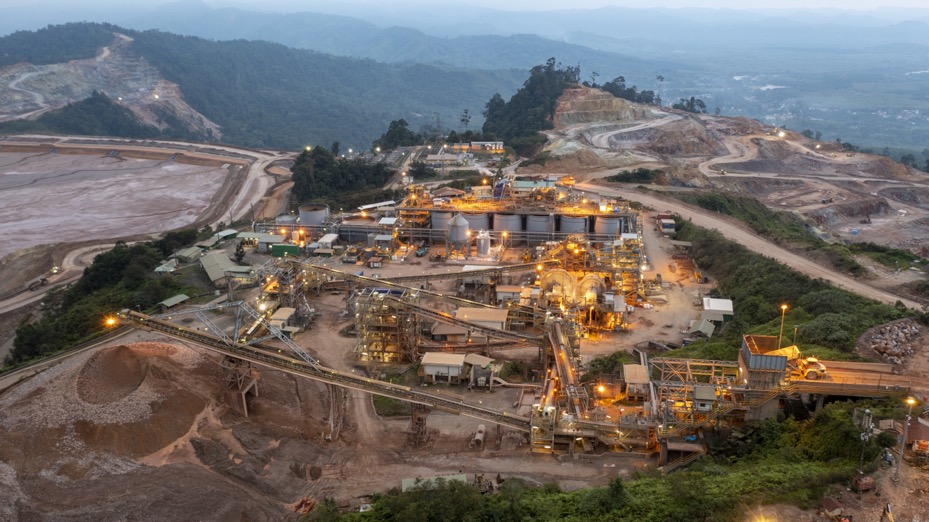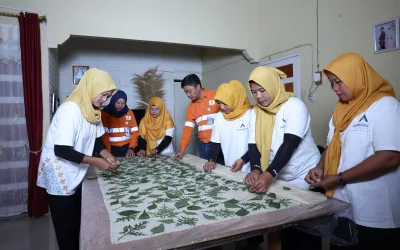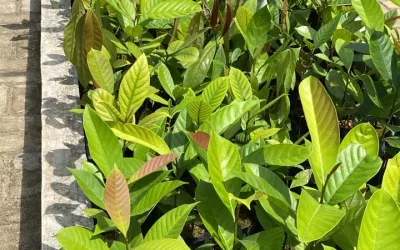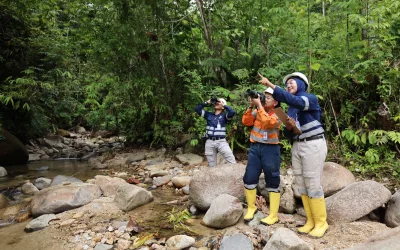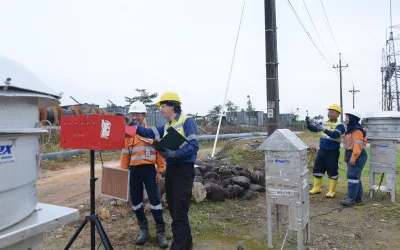Gold mining is a global business, with hundreds of mining companies digging for the precious metal in dozens of countries.
But where exactly are the largest gold mines in the world?
The 10 world largest gold mines are located across nine different countries in North America, Oceania, Africa, and Asia.
Together, they accounted for around 13 million ounces or 12% of global gold production in 2021.
| Rank | Mine | Location | Production (ounces) | % of global production |
| #1 | Nevada Gold Mines | U.S. | 3,311,000 | 2.9% |
| #2 | Muruntau | Uzbekistan | 2,990,020 | 2.6% |
| #3 | Grasberg | Indonesia | 1,370,000 | 1.2% |
| #4 | Olimpiada | Russia | 1,184,068 | 1.0% |
| #5 | Pueblo Viejo | Dominican Republic | 814,000 | 0.7% |
| #6 | Kibali | Democratic Republic of the Congo | 812,000 | 0.7% |
| #7 | Cadia | Australia | 764,895 | 0.7% |
| #8 | Lihir | Papua New Guinea | 737,082 | 0.6% |
| #9 | Canadian Malartic | Canada | 714,784 | 0.6% |
| #10 | Boddington | Australia | 696,000 | 0.6% |
| N/A | Total | N/A | 13,393,849 | 11.7% |
Share of global gold production is based on 3,561 tonnes (114.5 million troy ounces) of 2021 production as per the World Gold Council.
- Nevada Gold Mines
In 2019, the world’s two largest gold miners—Barrick Gold and Newmont Corporation—announced a historic joint venture combining their operations in Nevada. The resulting joint corporation, Nevada Gold Mines, is now the world’s largest gold mining complex with six mines churning out over 3.3 million ounces annually.
- Muruntau
The Muruntau mining complex, located in Uzbekistan and consisting of open-pit mine and heap leach operations, is estimated to have produced just under 3 million ounces, making it the second-world largest gold mine. Operated by state-owned Navoi company, the mine is more than 3.3 km long, 2.5km wide and nearly 600 m deep. It is one of the world’s deepest open-pit operations. Muruntau production represents over 80% of Uzbekistan’s overall gold production.
- Grasberg
Grasberg is not only the third-largest gold mine but also one of the largest copper mines in the world. Freeport-McMoRan’s Grasberg copper-gold deposit in the Indonesian province of Papua was discovered in 1936 by a Dutch geologist who called it Ertsberg or “ore mountain”. The mine, which provides work for 30,000 people, is located 4,100 m above sea level near Puncak Jaya, the highest mountain in Papua. This gold mine production of gold peaked in 2001 at above 3,500 koz. And, in 2021, the mine produced 1,370 koz of gold, up 62% over 2020 as the company successfully transitioned Grasberg to be the world’s largest underground block-caving operation
- Olimpiada
Located in one of Russia’s most prolific gold mining provinces, the gigantic Olimpiada mine is Polyus largest operation. Polyus was also recently crowned the biggest miner in terms of gold reserves globally, holding over 104 million ounces. Olimpiada mine began production in 1996 and currently accounts for over a half the Polyus total gold output. The ore mined at the site is processed at three plants with a combined capacity of 13 million tonnes of ore annually..
- Pueblo Viejo
The Pueblo Viejo mine in the Dominican Republic is about 100 km northwest of the capital city of Santo Domingo. The mine is operated by the Pueblo Viejo Dominicana Corporation — a joint venture between Barrick (60%) and Newmont (40%).
- Kibali
The Kibali gold mine in Democratic Republic of Congo is situated adjacent to the town of Doko and 210 km from Arua on the Ugandan border. Kibali is co-owned by AngloGold Ashanti (45%), Barrick Gold Corporation (45%) following its merger with Randgold Resources, and Société Minière de Kilo-Moto (SOKIMO) (10%), a state-owned gold mining company.
- Cadia
Despite being Australia’s biggest gold mine, Cadia East finds itself in 7th position on the list of biggest gold mines in the world. This mine system consists of the Cadia East Underground Panel Cave Mine as well as the Ridgeway Underground Mine, and has an annual production of around 823 koz on average.
- Lihir
The Lihir gold mine, operated by Newcrest Mining Limited, located on Niolam Island in the New Ireland Province, which is approximately 900 km north-east of Port Moresby, Papua New Guinea (PNG). Lihir is interesting due to the fact that it is located on a geothermally active extinct volcanic crater, with a very high annual rainfall. The mine gold reserve life is approximately 30 years, with gold ore reserves of 22 million ounces, which make it a very long-life asset.
- Canadian Malartic
Canadian Malartic is Canada’s biggest gold mine. Canadian Malartic is currently an open-pit mine, but the operation is advancing a large underground project, known as the Odyssey project, that transitions Canadian Malartic into an underground operation by approximately 2028 with a mine life that runs until at least 2039. Canadian Malartic is jointly owned by Yamana Gold and Agnico Eagle.
- Boddington
The Newmont-operated Boddington gold mine located near Boddington, Western Australia. Boddington first commenced open-pit operations in 1987 by extracting the shallow oxide ores up to 70 m-deep below surface. It was then put under care and maintenance in 2001. Commercial production from the Boddington gold mine was restarted in 2009, with an expected mine life of up to 20 years. The mine contained a gold reserve of 12.35 Moz. Newmont invested approximately $500 m in a significant expansion of the mine’s south pit in 2015, which is expected to extend the life of the mine until 2025.
How Profitable is Gold Mining?
The price of gold is up by around 50% since 2016, and it’s hovering near the all-time high of $2,000/oz.
That’s good news for gold miners, who achieved record-high profit margins in 2020. For every ounce of gold produced in 2020, gold miners pocketed $828 on average, significantly higher than the previous high of $666/oz set in 2011.
With inflation rates hitting decade-highs in several countries, gold mining could be a sector to watch, especially given gold’s status as a traditional inflation hedge.

